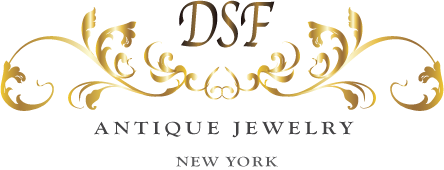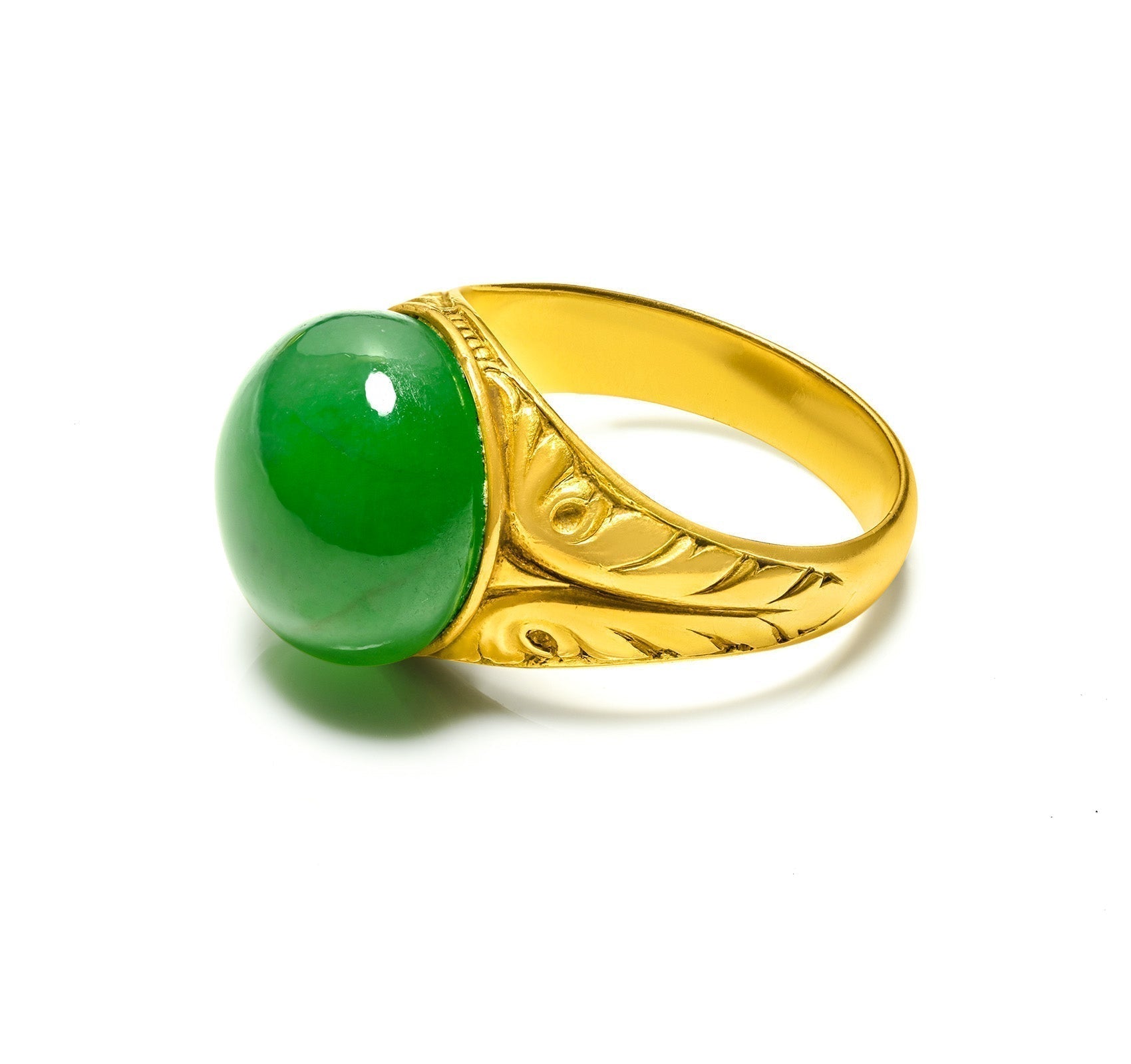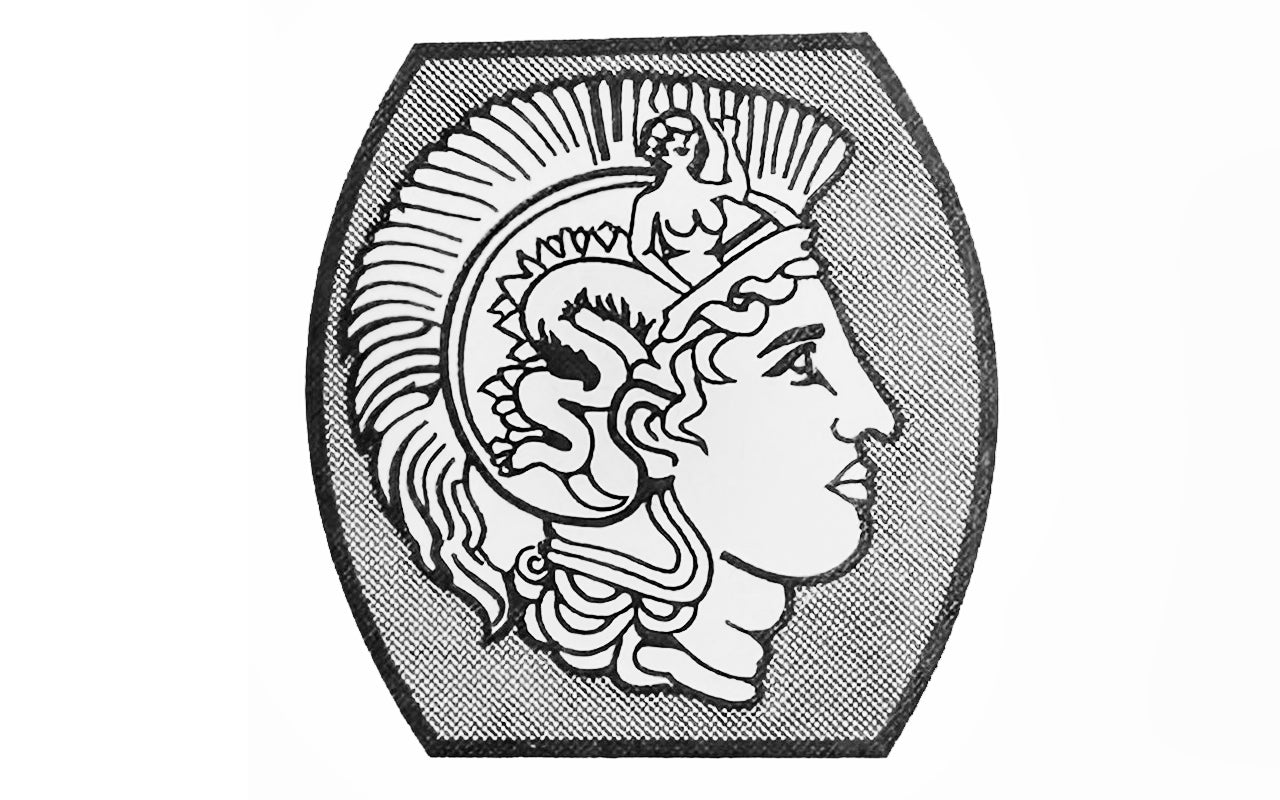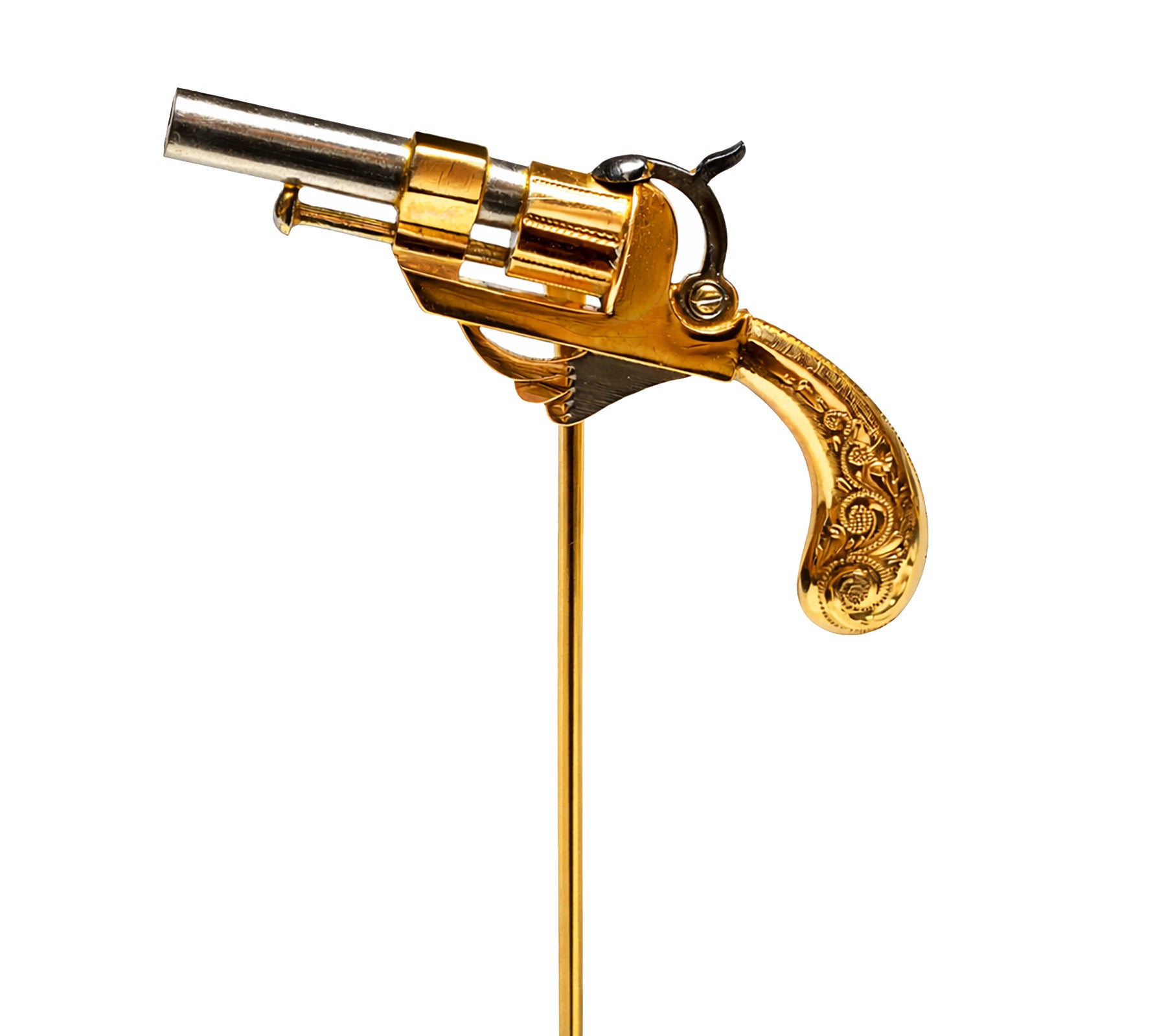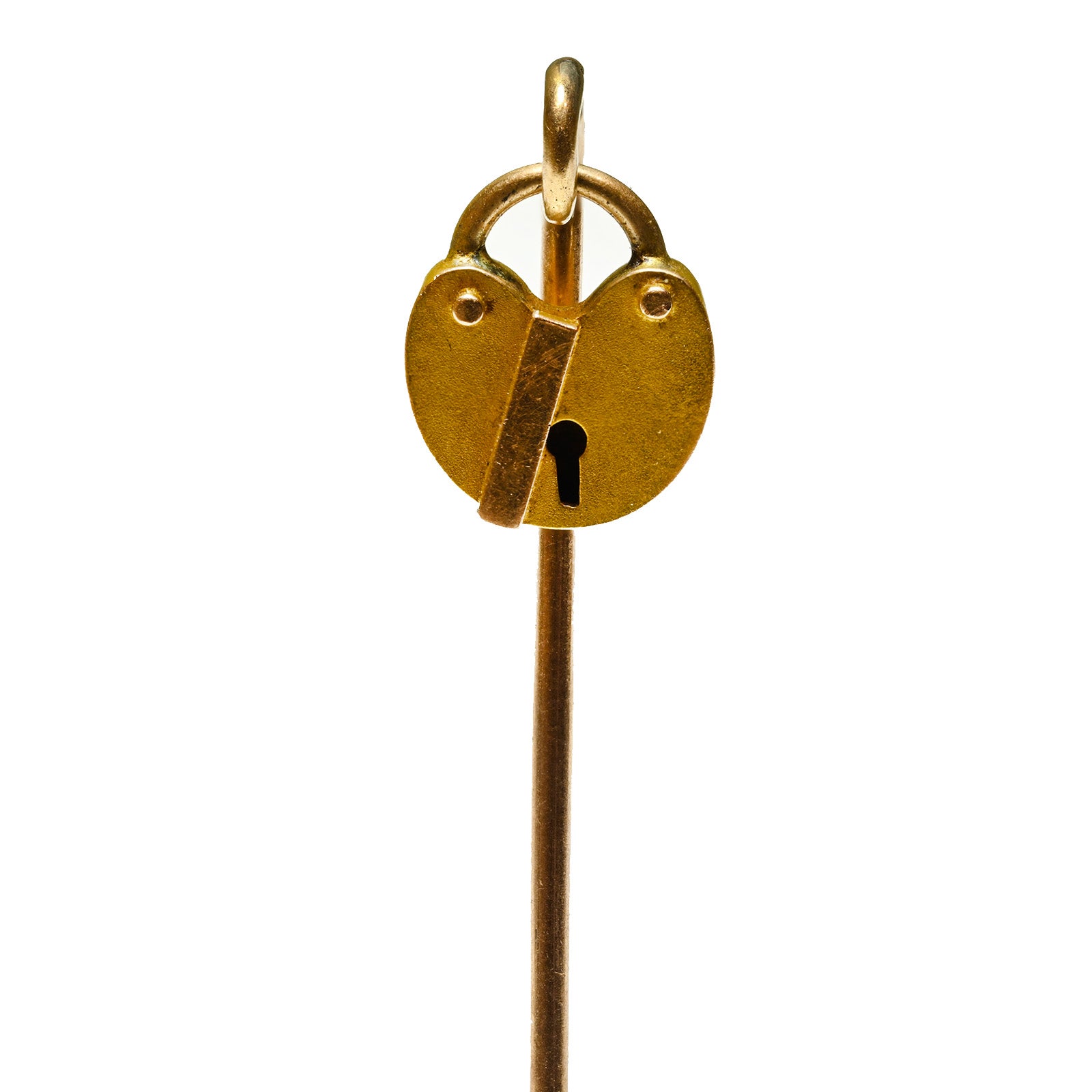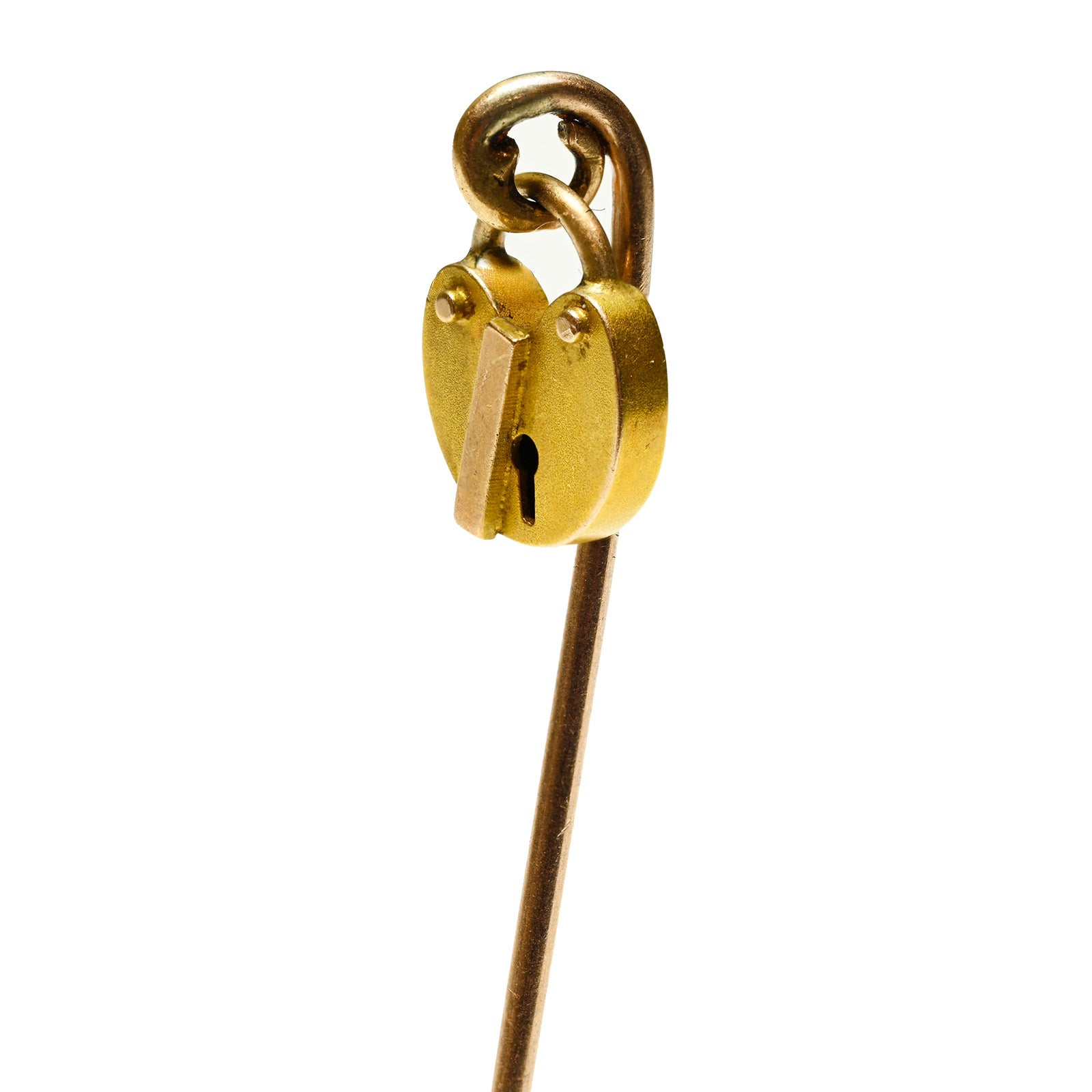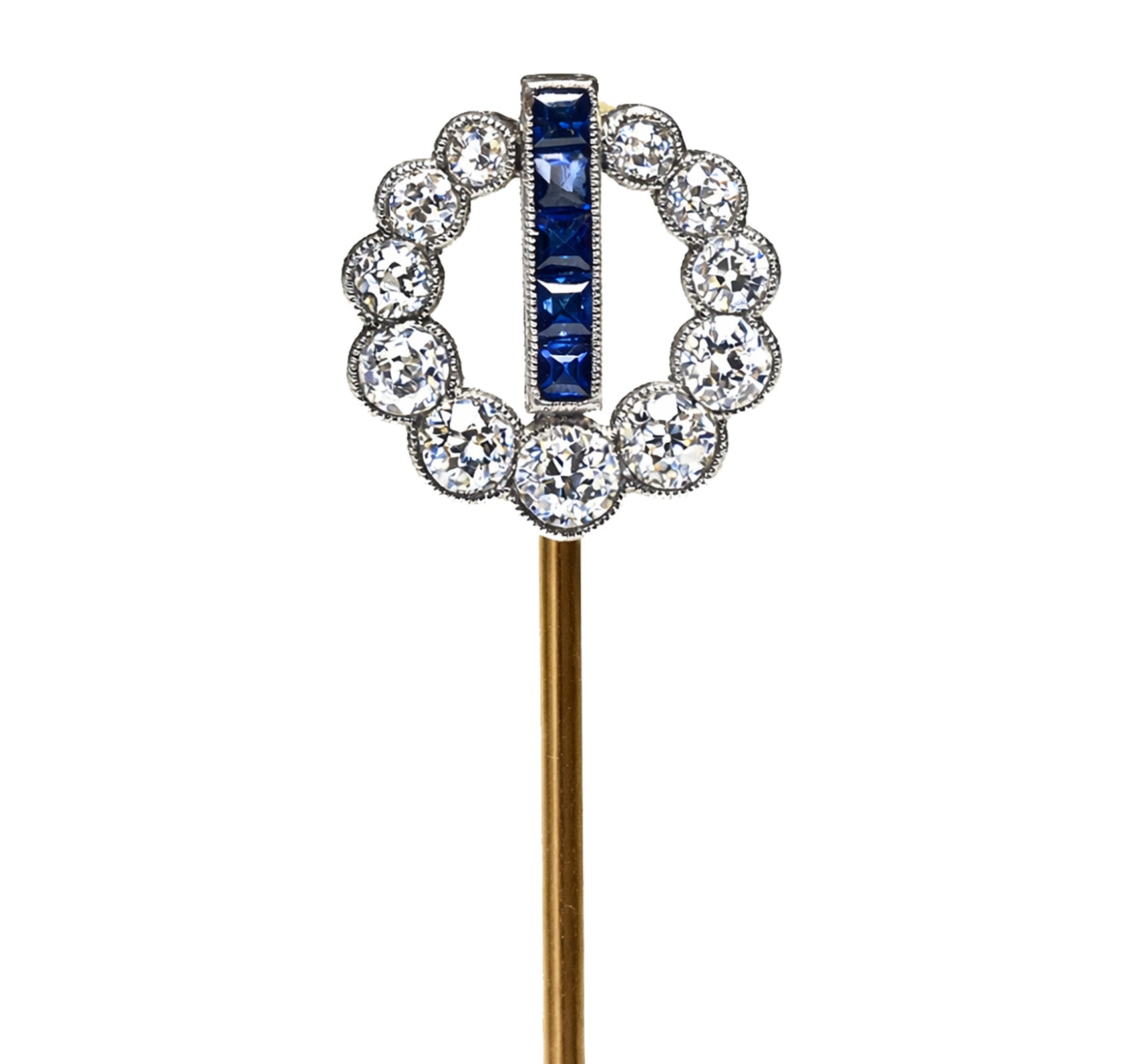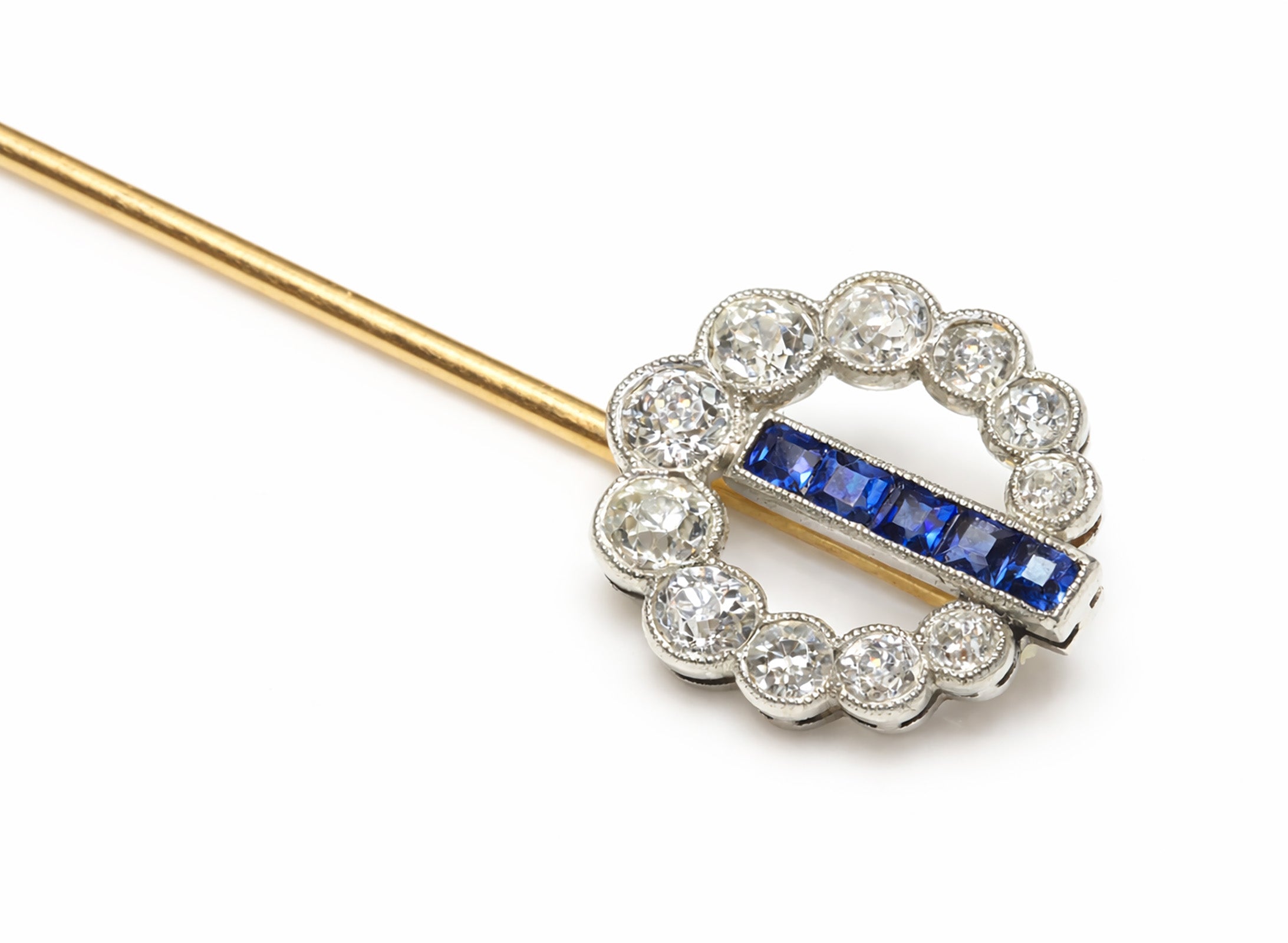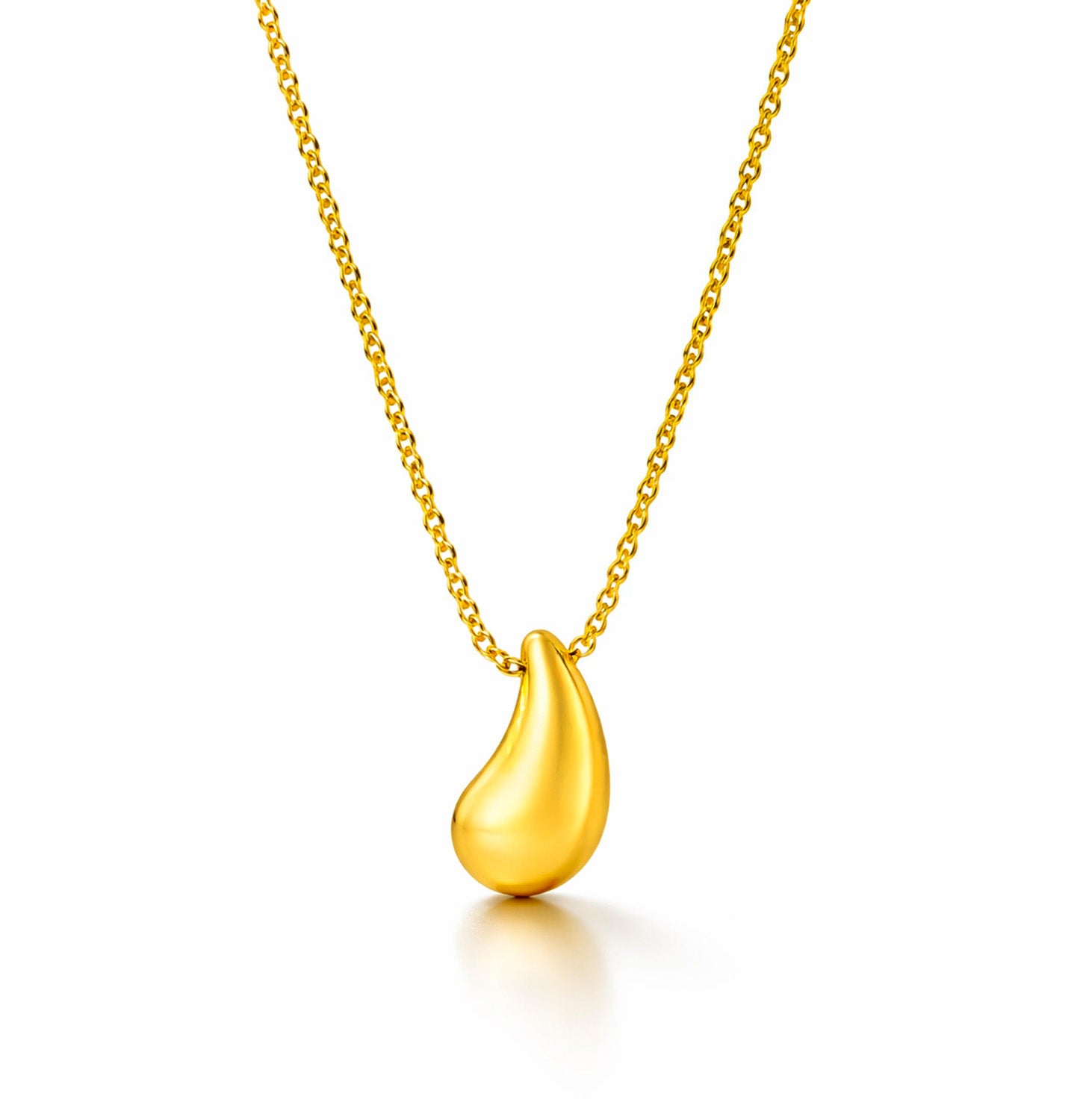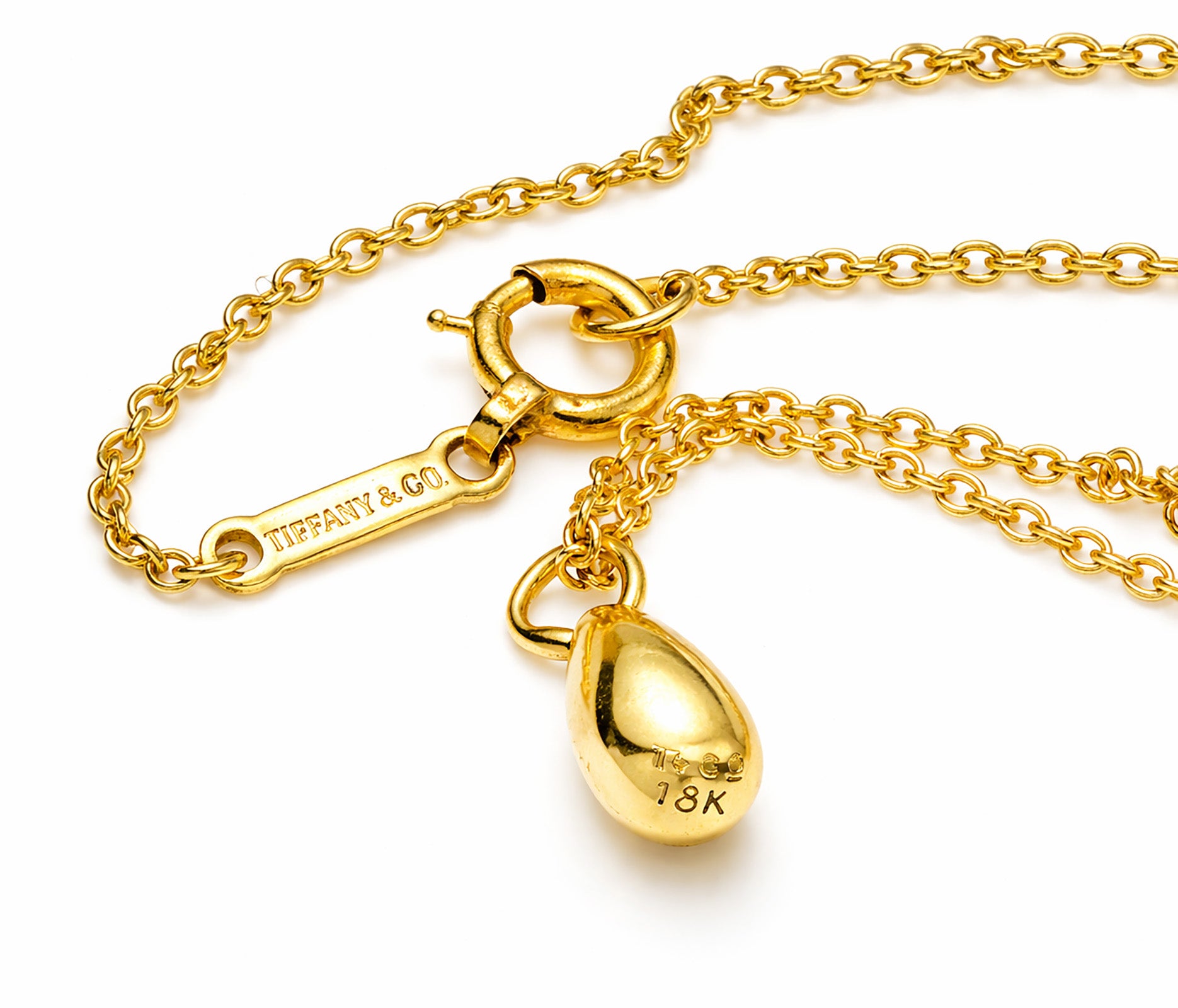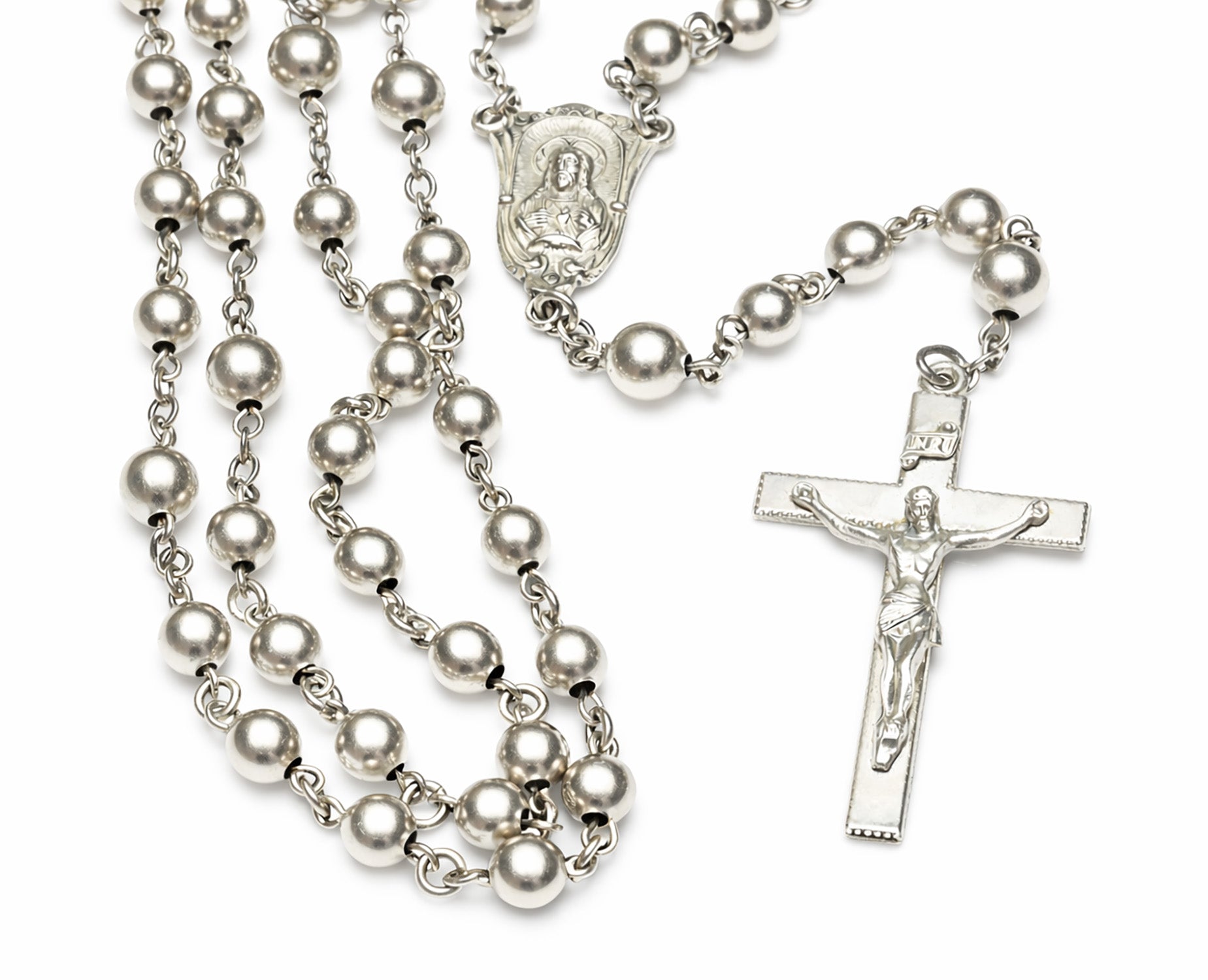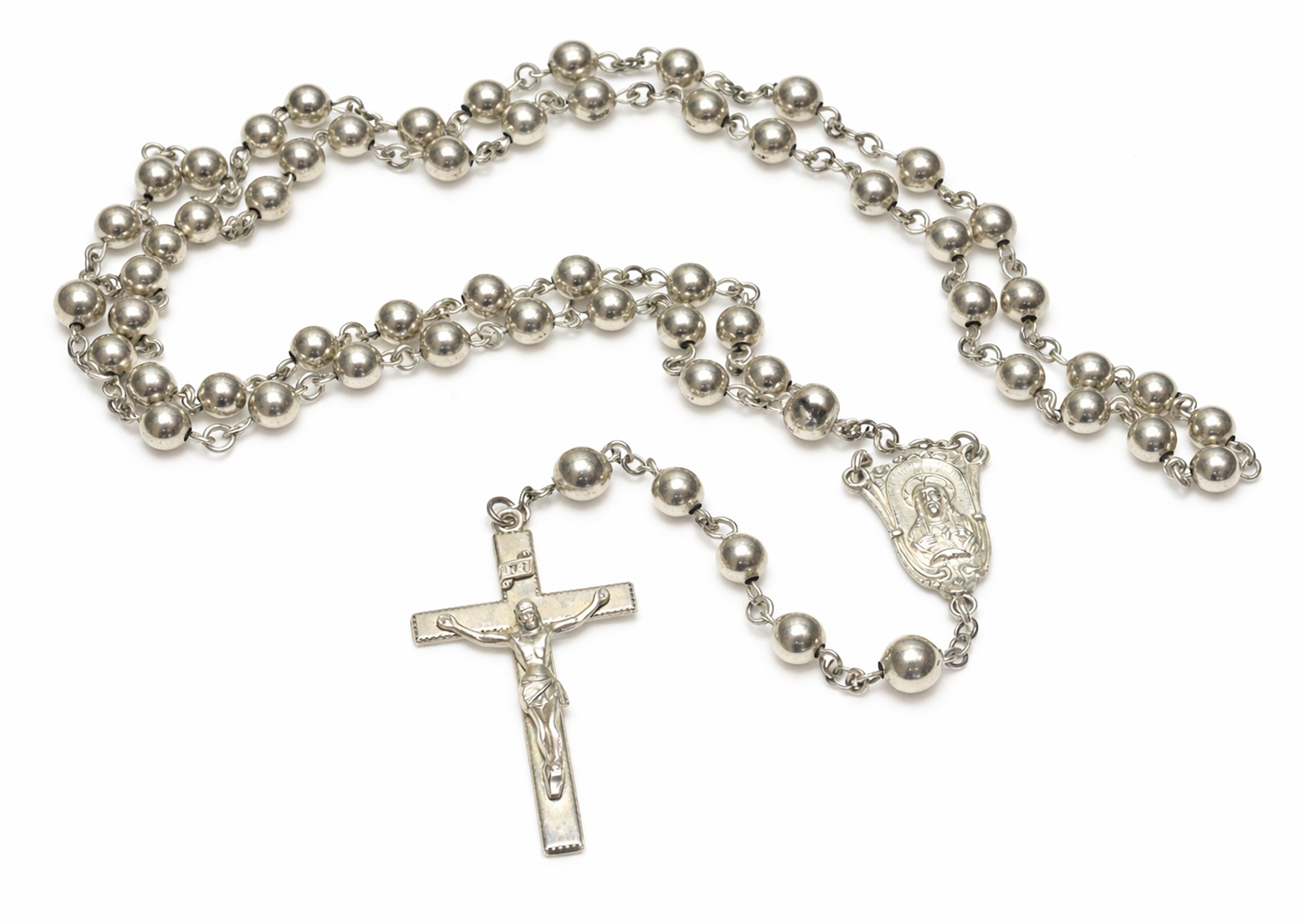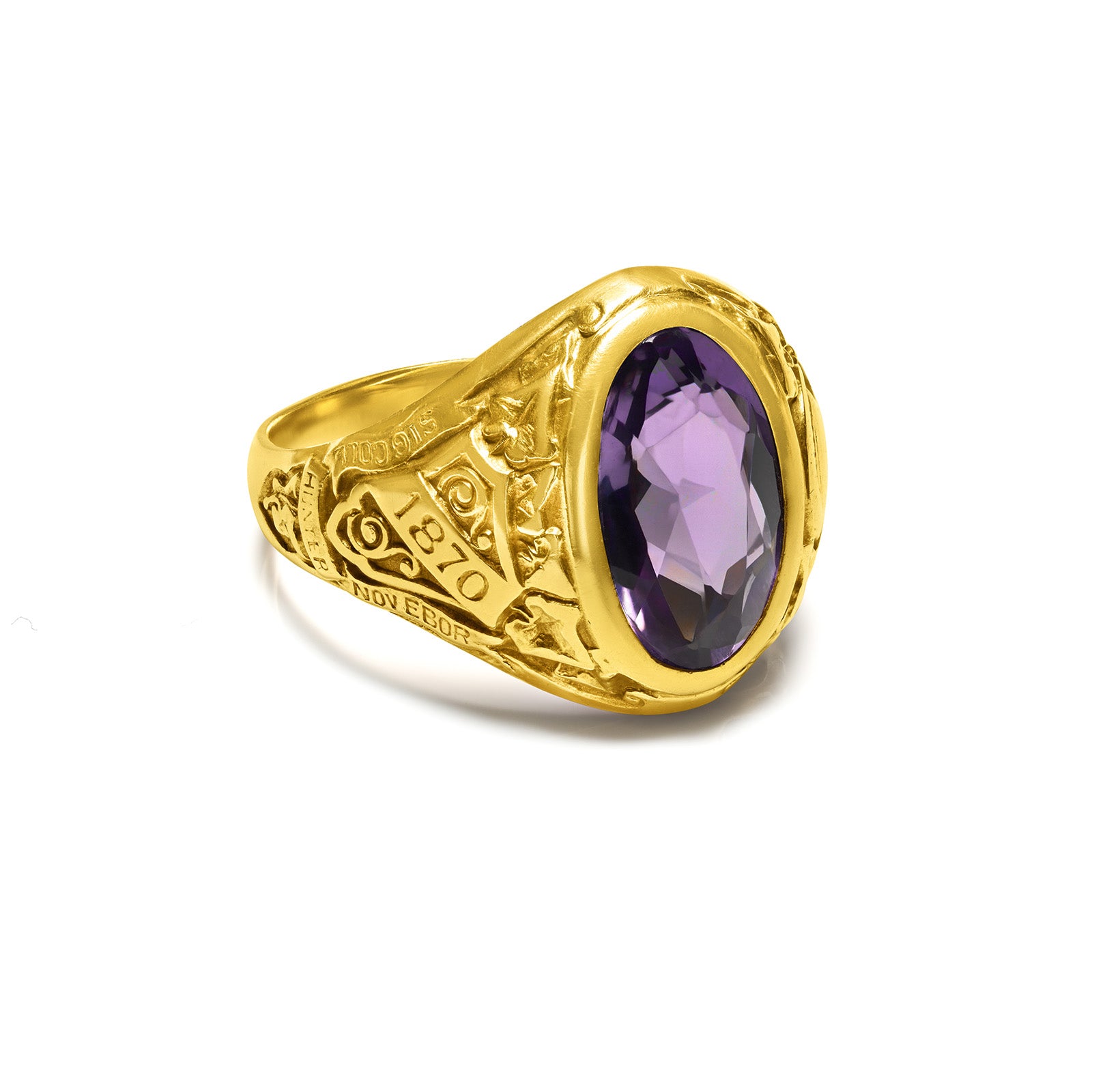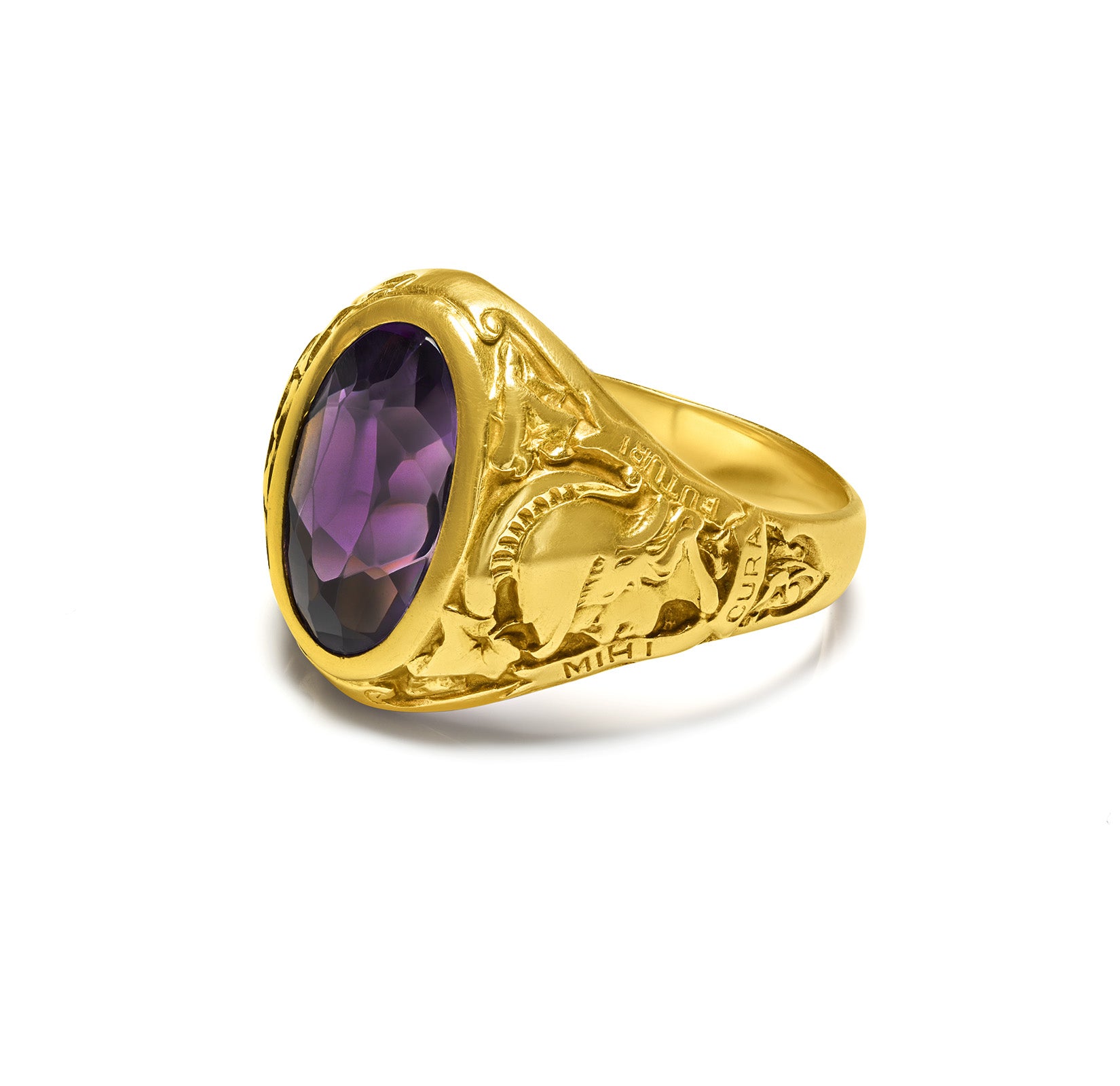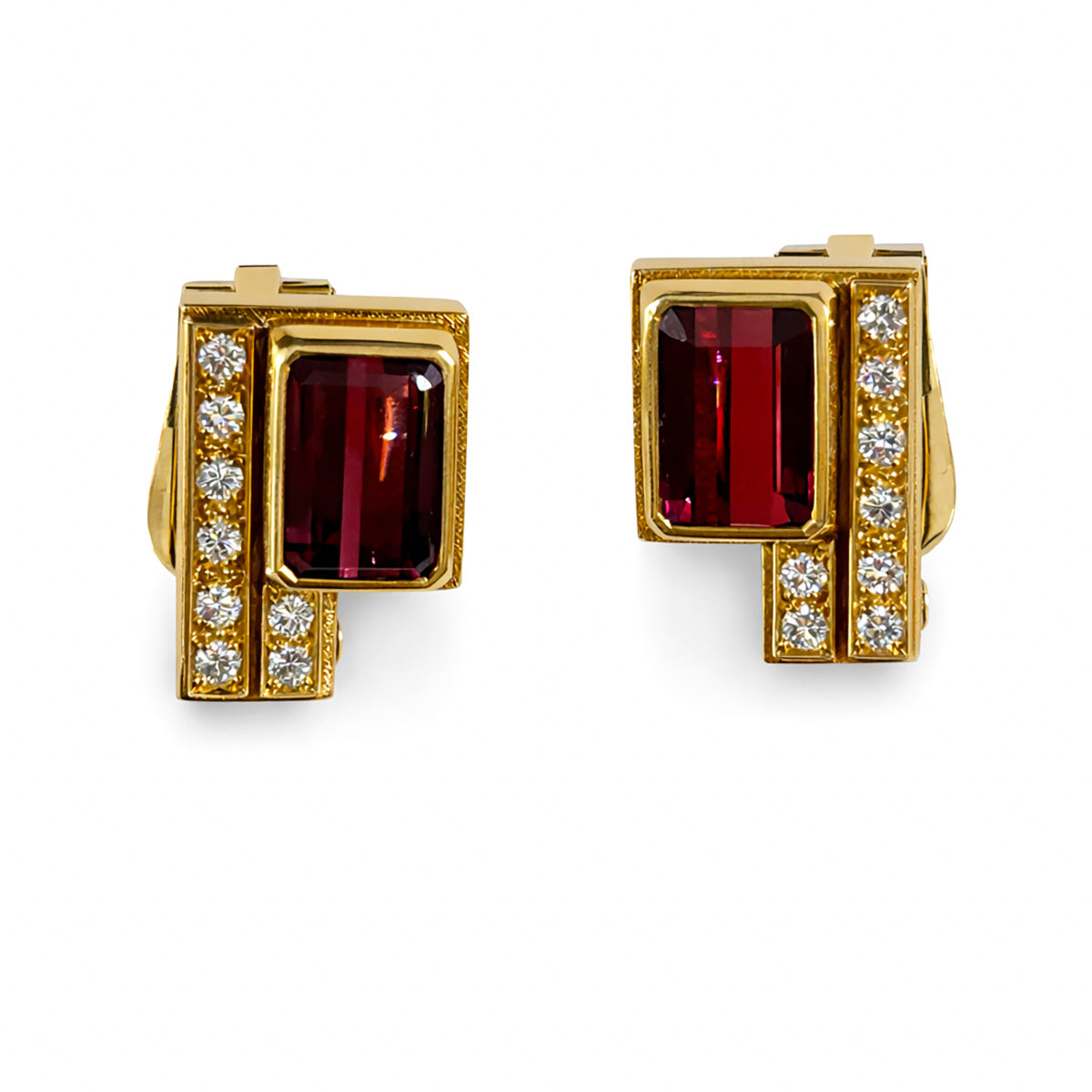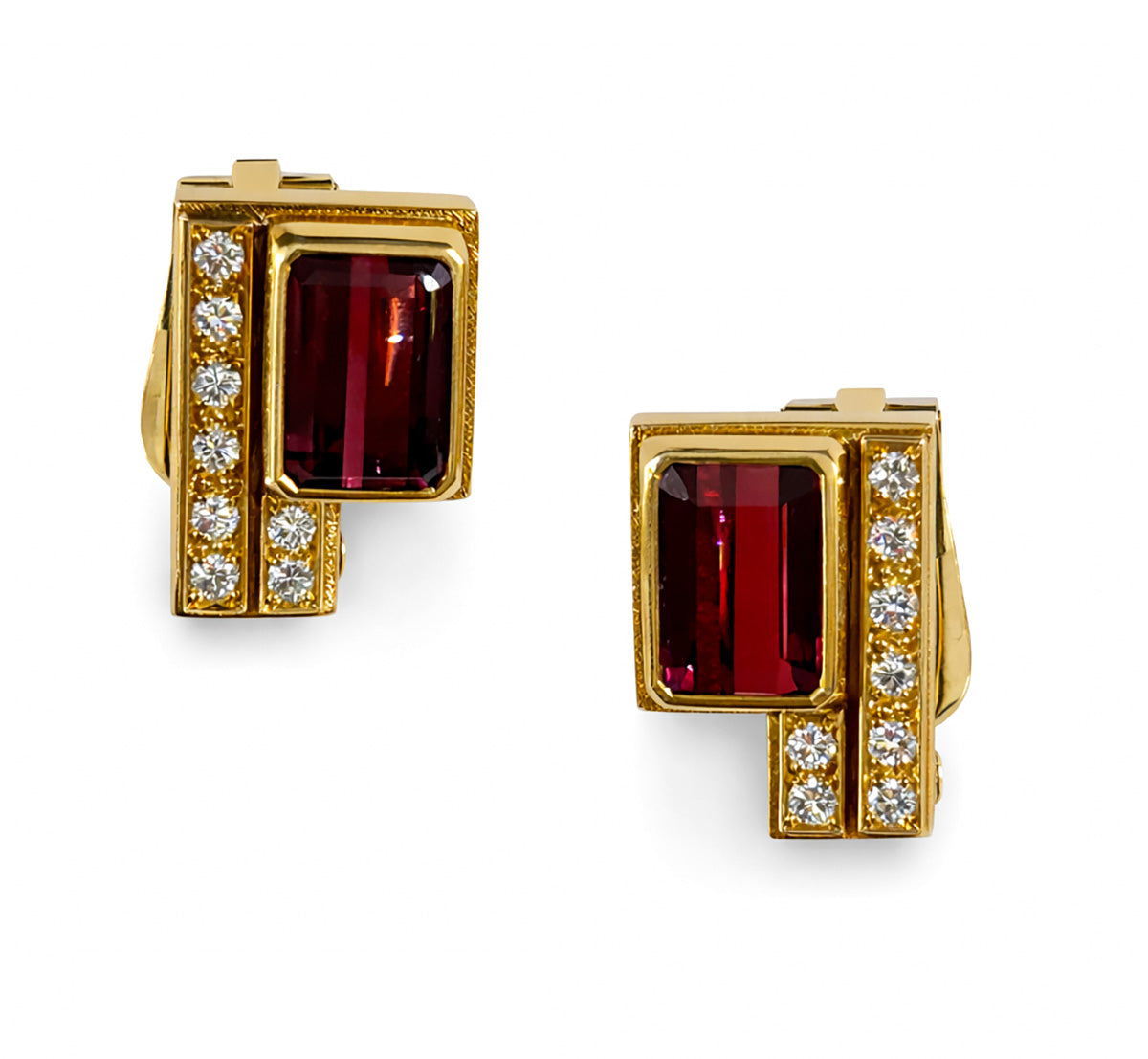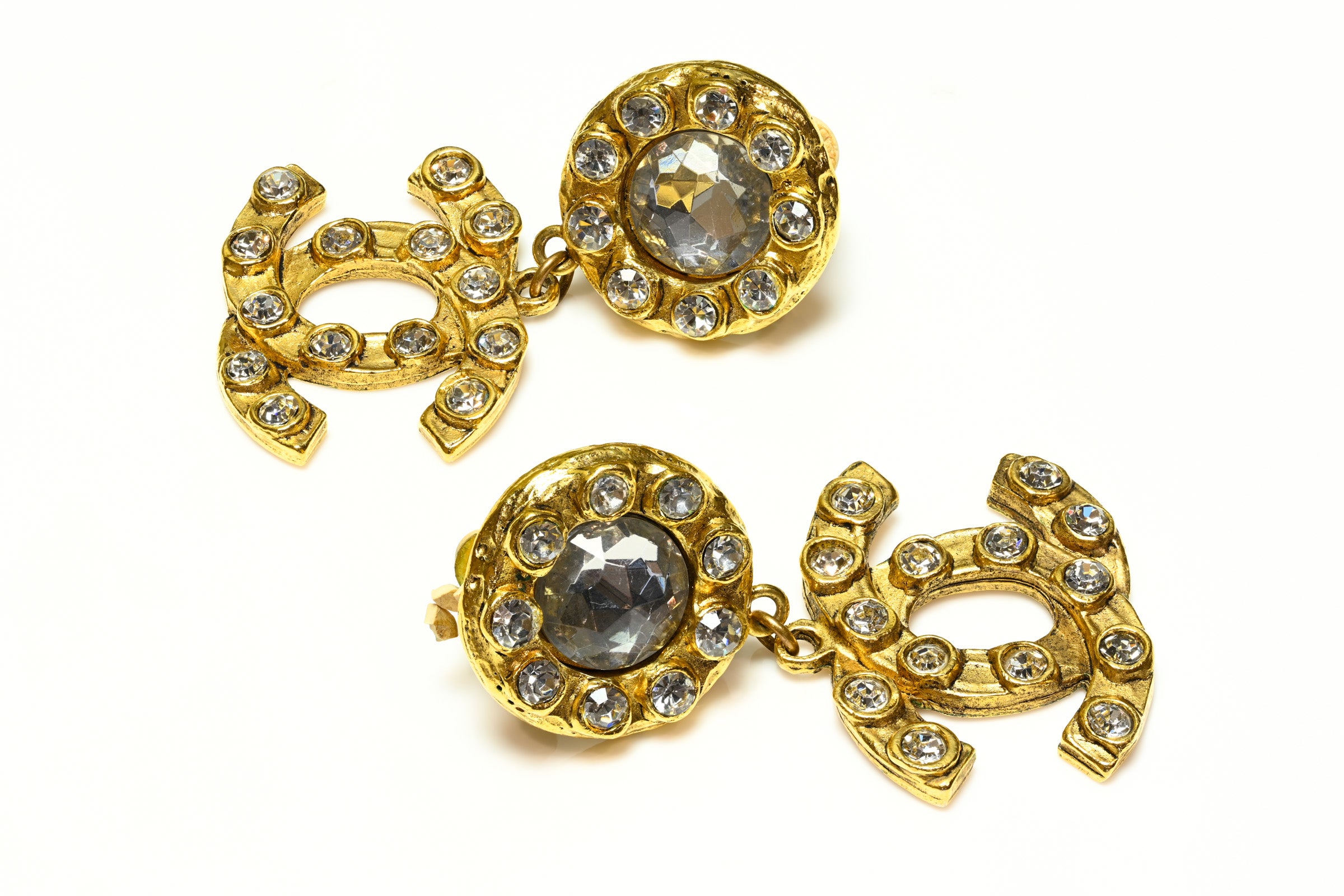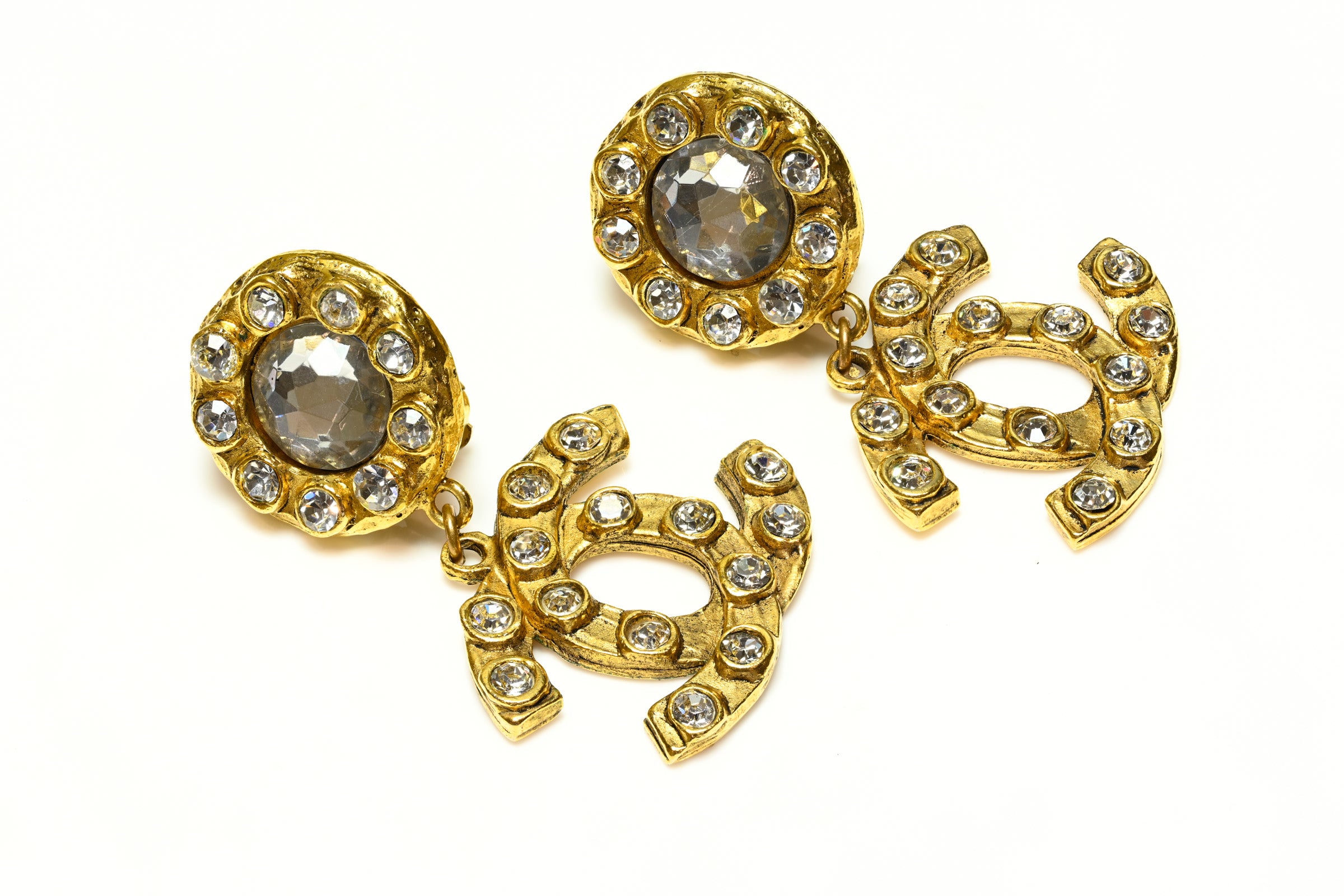British Hallmarks by City: Complete Guide
British hallmarks are legally required stamps that verify the purity of precious metals like gold, silver, and platinum. These marks are applied by official assay offices across the UK and have been in use for centuries. Each hallmark typically includes a series of symbols indicating:
-
The standard of metal purity (e.g. 18K gold or sterling silver)
-
The city where the item was assayed
-
The maker's mark
-
A date letter (for many pieces before 1999)
-
Additional symbols like duty marks or commemorative stamps
Understanding the city hallmark is essential to identifying where and when a piece was evaluated and marked.
Main British Assay Offices & Their Symbols
| Assay Office | Symbol | Established | Example Use |
|---|---|---|---|
| London | Leopard’s Head (uncrowned before 1822) | 1300 | Most common hallmark on antique English jewelry |
| Birmingham | Anchor | 1773 | Common on Victorian and Edwardian rings |
| Sheffield | Crown (silver); Rose (early gold); now Yorkshire Rose | 1773 | Known for cutlery and silver |
| Edinburgh | Castle | 1681 | Frequently seen on Scottish jewelry |
| Glasgow | Tree, fish & bell | Closed 1964 | Found on 19th-century Scottish pieces |
| Chester | Three Wheat Sheaves with Sword | Closed 1962 | Often found on antique rings |
| Exeter | Cathedral | Closed 1883 | Rare; collectible hallmark |
| Newcastle | Three Castles | Closed 1884 | Rare on jewelry, often silver |
TIP: Chester, Exeter, and Glasgow marks are increasingly rare and add collectible value.
Example: Reading a Full Hallmark Set
An 18K gold Victorian ring from Birmingham may include:
-
Anchor – Birmingham Assay Office
-
“750” or crown and “18” – Gold purity mark for 18K
-
Maker’s initials – e.g., “J.S.” for John Smith
-
Date letter – A stylized serif letter corresponding to a year
-
(Optional) Duty mark – Monarch's head (used 1784–1890)
🔗 You can explore an actual example on our site: View this Birmingham-hallmarked Victorian ring ➝
Visual Chart of British Assay Marks by City
(Insert hallmark image chart here – we can generate one if needed)
Suggested ALT text for SEO: “British Assay Office Hallmarks by City – Anchor, Leopard, Castle”
Hallmarks by Region: Breakdown and Details
1. London – The Leopard’s Head
-
Symbol: Leopard’s head (crowned until 1822; uncrowned afterward)
-
Oldest assay office in the UK
-
Extremely common on Georgian and Victorian pieces
-
Often paired with refined maker’s marks
2. Birmingham – The Anchor
-
Second most common city hallmark
-
Especially prevalent on Victorian gold bands and 20th-century jewelry
-
Often combined with ornate engraved maker's marks
3. Sheffield – Crown & Rose
-
Originally a crown (silver); Yorkshire rose adopted for gold from 1975 onward
-
Historically more silver than gold
-
Later gold pieces often use a “750” or “375” mark alongside the rose
4. Edinburgh – The Castle
-
The mark of Scottish fine craftsmanship
-
Found on antique rings and Highland-themed jewelry
-
Often accompanied by Celtic or engraved motifs
5. Chester – Three Wheat Sheaves and Sword
-
Highly collectible today
-
Common on late 19th- and early 20th-century wedding bands
-
Assay office closed in 1962

Spotting Fakes and Misleading Marks
Many modern or foreign pieces attempt to imitate British style. Be cautious if:
-
The marks appear unusually shallow or too crisp on a worn piece
-
The symbols are incomplete or out of logical order
-
No maker’s mark is present
-
The city mark doesn’t match known assay practices for the metal or time period
At DSF Antique Jewelry, each piece is evaluated by professionals who verify hallmarks and cross-reference against hallmark databases to ensure authenticity.
Explore Authenticated Hallmarked Jewelry
Discover a curated selection of British antique rings, brooches, and cufflinks—each verified by hallmark. View close-up images of actual assay stamps and shop with confidence.
Browse Hallmarked Pieces ➝
Conclusion
British hallmarks are not just symbols—they’re a passport to history. From London’s iconic leopard to Chester’s rare sheaves, these tiny imprints give you deep insight into the craftsmanship, geography, and authenticity of antique jewelry.
Bookmark this guide and return whenever you need to verify a mark or learn more about a historic piece.
